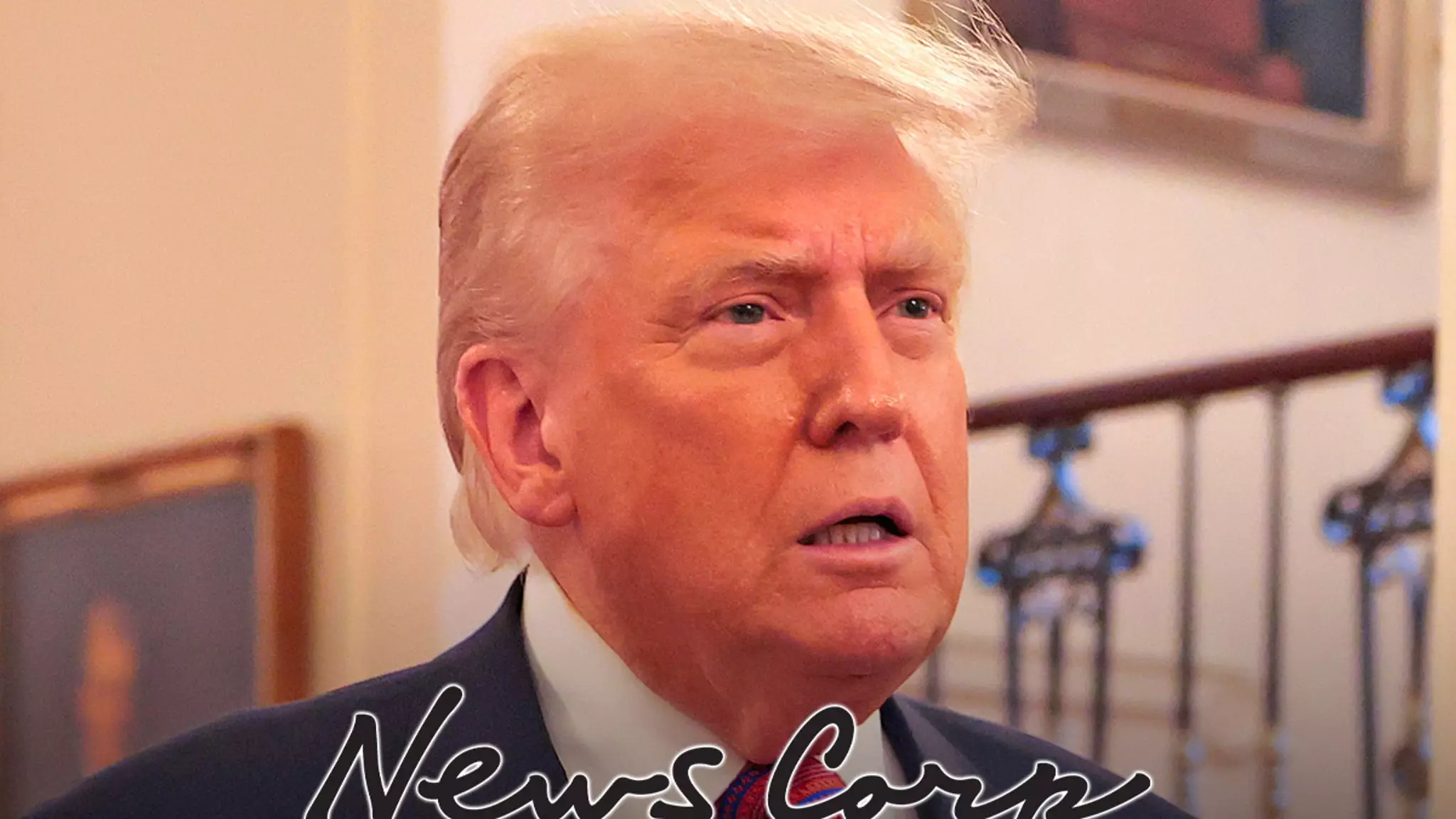In an era where misinformation travels at lightning speed, high-profile figures often use the legal system to counteract damaging stories. Former President Donald Trump’s recent lawsuit against The Wall Street Journal exemplifies this strategy. Rather than merely dismissing the story or engaging in public rebuttal, Trump opted for a formal legal challenge, signaling a desire to directly confront what he perceives as falsehoods designed to undermine his reputation. This move underscores a broader trend where litigation becomes a tool not only for redress but also for shaping the narrative and rallying supporters. While some view such lawsuits as genuine attempts at justice, others criticize them as strategic propaganda, designed to intimidate the press and sway public opinion.
The Stakes and Power Dynamics Behind the Lawsuit
What makes Trump’s lawsuit particularly significant isn’t solely its content but the implications of its scale. Demanding a staggering $10 billion in damages, the suit is meant to send a clear message: twisted narratives will face serious consequences. The lawsuit explicitly accuses the Journal of concocting a fabricated story to malign him, invoking claims of false attribution of a dubious letter involving explicit content. The involvement of media moguls like Rupert Murdoch and key executives adds layers of power dynamics, illustrating how deeply intertwined media interests are with political influence. Trump’s rapid response via Truth Social, coupled with his accusations that the story was published under the direction of influential industry leaders, highlights how legal battles are also battles for control over public perception.
Legal Actions as Political Theater
While the lawsuit claims to seek justice, it also functions as a form of political theater. Trump’s aggressive rhetoric, framing the story as “fake news” and a targeted attack orchestrated by powerful media executives, resonates with his base and amplifies his narrative of media bias. The timing—immediately after the publication—aims to reinforce his position that mainstream outlets are inherently manipulative or hostile. Moreover, the high damages sought symbolize a stance that any attempt to blacken his character will come with significant repercussions. This case is emblematic of a broader pattern where extraordinary legal tactics are employed to bolster political branding, often blurring the line between justice and spectacle.
Implications for Freedom of the Press and Accountability
This legal confrontation raises essential questions about the role of journalism and accountability. While no one should be immune from scrutiny or defamation, the pursuit of massive damages over a story many see as speculative could threaten press freedom. If public figures can leverage billion-dollar lawsuits to suppress unfavorable coverage, the very foundation of investigative journalism risks erosion. However, supporters argue that accountability for false and malicious content remains crucial, especially when it targets an individual’s reputation. The delicate balance between defending personal integrity and preserving the vital watchdog role of the media is the core challenge that cases like Trump’s highlight.
Perhaps the most insightful aspect is recognizing how high-profile lawsuits serve as both legal measures and political weapons. They shape narratives, mobilize base support, and influence public discourse—sometimes more powerfully than traditional communication channels. As this case develops, it will be telling to observe how the judiciary balances free speech rights with individual reputation protections, and whether such aggressive legal tactics ultimately serve justice or merely perpetuate a culture of courtroom spectacle.

